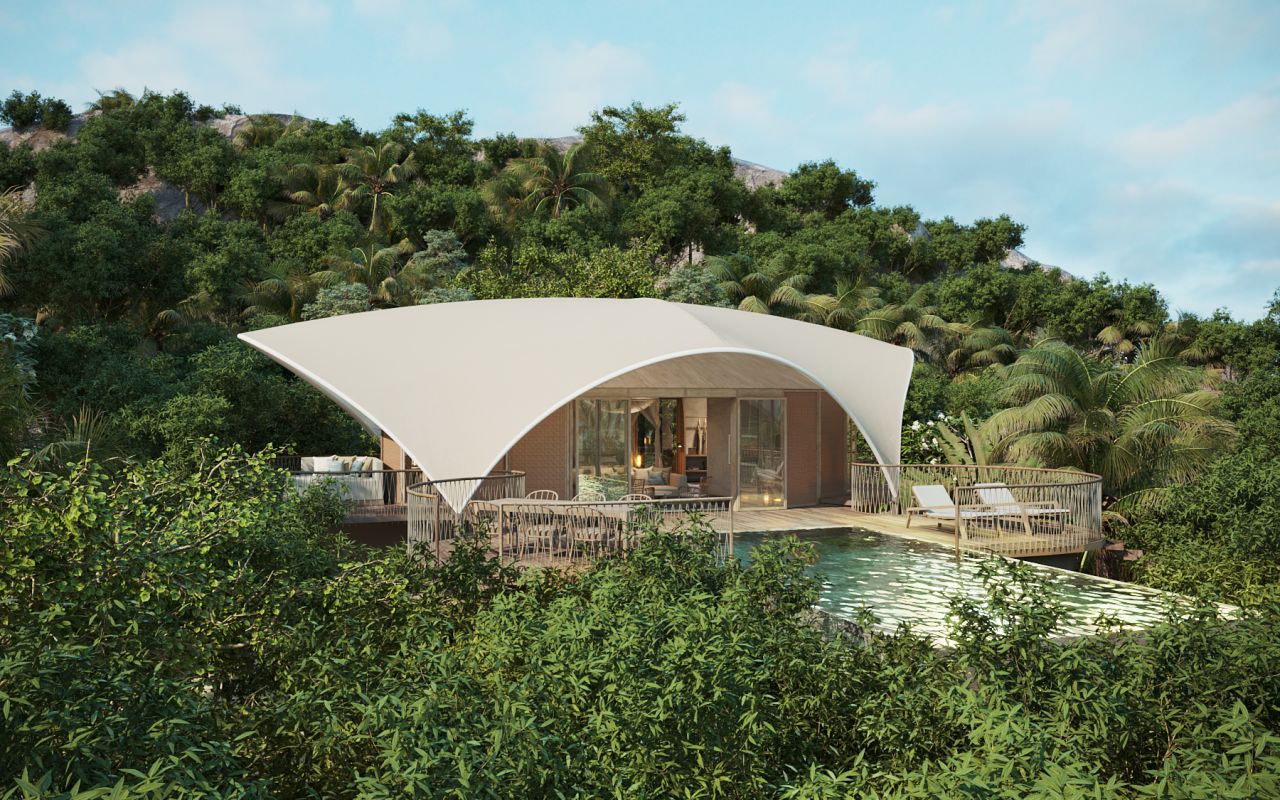Integrating bioclimatic architecture into the design of a Timber Lodge
Integrating bioclimatic architecture into the design of a Timber Lodge for hotel and safari travelers can create an immersive and sustainable hospitality experience. Here’s how bioclimatic principles can enhance such a project:
Design Elements of a Timber Lodge
1. **Natural Materials**: Utilizing local, sustainable materials such as timber, bamboo, and stone can create a lodge that blends seamlessly with the natural surroundings. These materials have lower environmental impacts and contribute to the overall aesthetic and structural integrity of the lodge
2. **Passive Solar Design**: Orienting buildings to maximize natural light and heat during the day while minimizing heat loss at night. This involves strategic placement of windows, use of thermal mass materials, and incorporation of shading devices like pergolas or overhangs
3. **Ventilation and Cooling**: Utilizing natural ventilation through strategically placed openings and vents to enhance airflow and reduce reliance on artificial cooling systems. Green roofs and walls can further insulate the building and reduce heat absorption
Enhancing the Safari Experience
1. **Connection to Nature**: Bioclimatic architecture ensures that the lodge provides an immersive experience by creating a seamless transition between indoor and outdoor spaces. Large windows, open-plan layouts, and outdoor living areas allow guests to feel connected to the surrounding landscape
2. **Minimal Environmental Impact**: Designing with minimal disruption to the natural habitat ensures that the lodge supports local wildlife and ecosystems. Sustainable waste management systems, water conservation techniques, and renewable energy sources like solar panels and wind turbines can be integrated to reduce the lodge's ecological footprint
3. **Cultural Integration**: Incorporating local cultural elements into the design enhances the authenticity of the experience for travelers. This can include using traditional building techniques, local art, and decor that reflects the heritage of the area
Economic and Social Benefits
1. **Cost Savings**: Although the initial investment in bioclimatic design may be higher, the long-term savings in energy and maintenance costs are significant. Eco-friendly buildings often have lower operational costs due to reduced energy consumption and efficient use of resources
2. **Community Engagement**: Engaging with local communities in the construction and operation of the lodge can provide economic opportunities and support sustainable tourism practices. This can include hiring local craftsmen, sourcing materials locally, and offering cultural experiences led by community members
Case Studies and Inspiration
This lodge integrates bioclimatic principles by using natural materials, optimizing natural light and ventilation, and focusing on sustainability and conservation
A luxury desert camp that employs bioclimatic architecture to provide comfort in a harsh environment, using solar power and natural ventilation to maintain a sustainable operation
Incorporating bioclimatic architecture into a Timber Lodge for hotel and safari travelers not only enhances the guest experience but also supports environmental sustainability and local communities. This approach ensures that the lodge is both a luxurious retreat and a responsible steward of its natural surroundings.

Comments
Post a Comment